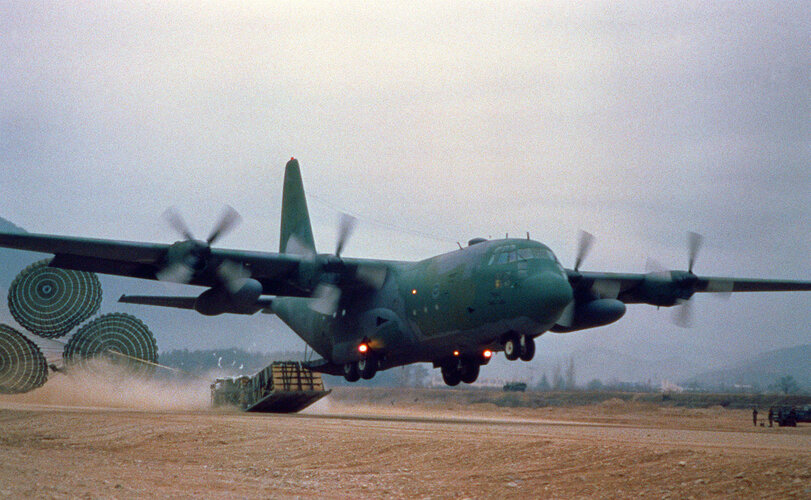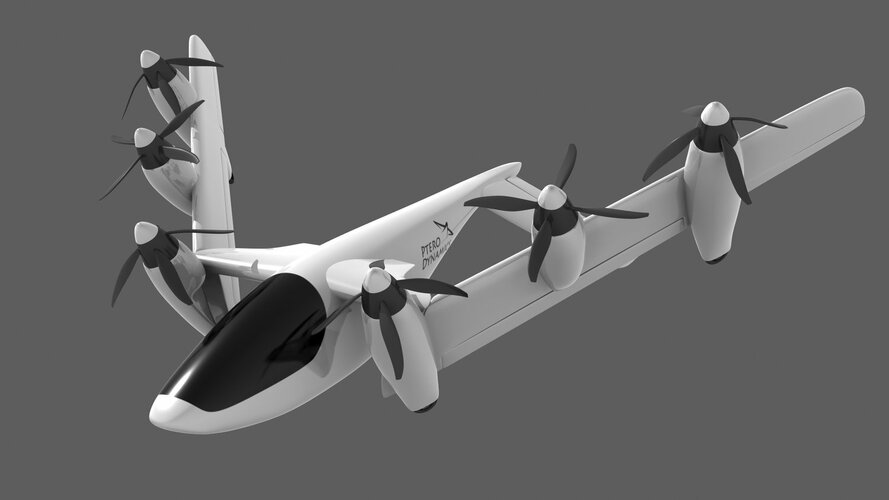If you're talking about moving heavy things (vehicles of 10-15000 pounds and up) I suspect that Yasotay is headed in the right direction. STOL and fat tires (or even air cushions), allowing a near-random choice of places to land. (Why not resurrect the Pantobase, which supposedly was good for soft ground and water? Ever tried cratering a lake, river or lagoon?) Some interesting STOL options might emerge with turbo-electric drive systems, such as effective wing-blowing free from engine-out issues.
The basic problem with very large VTOLs is that all the lift energy's gotta come from somewhere (big engines and clunky transmissions) and it has to go somewhere (cf the tornado of [stuff] that accompanies V-22 landings on non-solid surfaces).
Another basic issue is that you're just not going to airlift 35-ton AFVs in massive numbers. You need BMD equivalents.
However, if you want to break down the airlift problem (and not use your giant STOL machines to deliver small cargoes) then you also want a lot of smallish, autonomous VTOL things carrying a ton or so. These may look like helicopters or they may look like e-VTOLs. The magic bit comes in managing them so that you have a sort of battlespace equivalent of Amazon, remembering that Amazon's key technology is the information system, and you can disperse the "iron mountain" of logistics.


